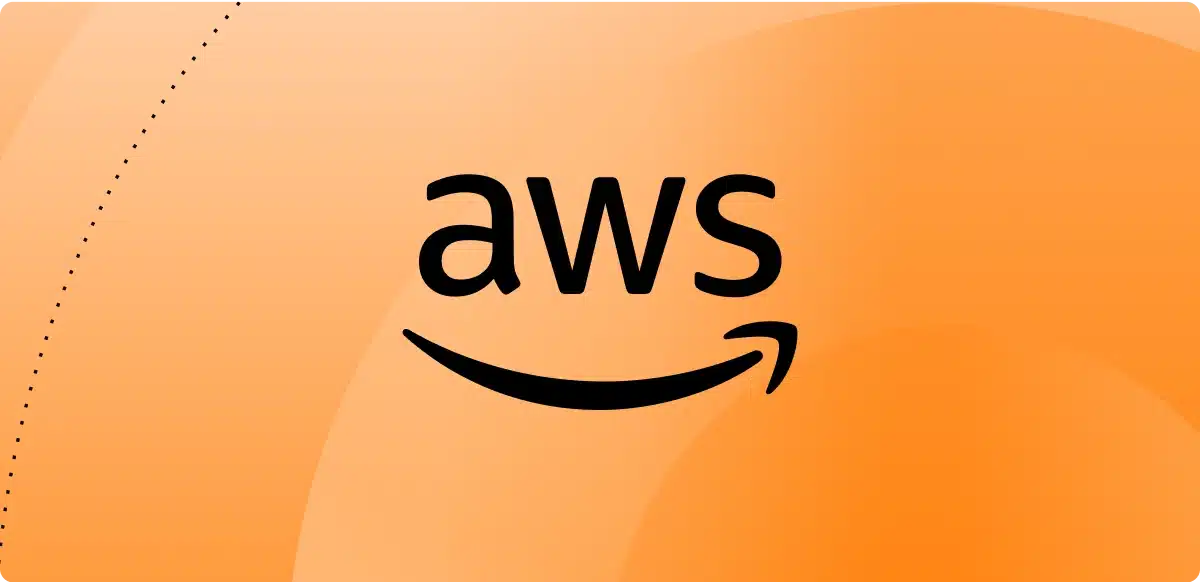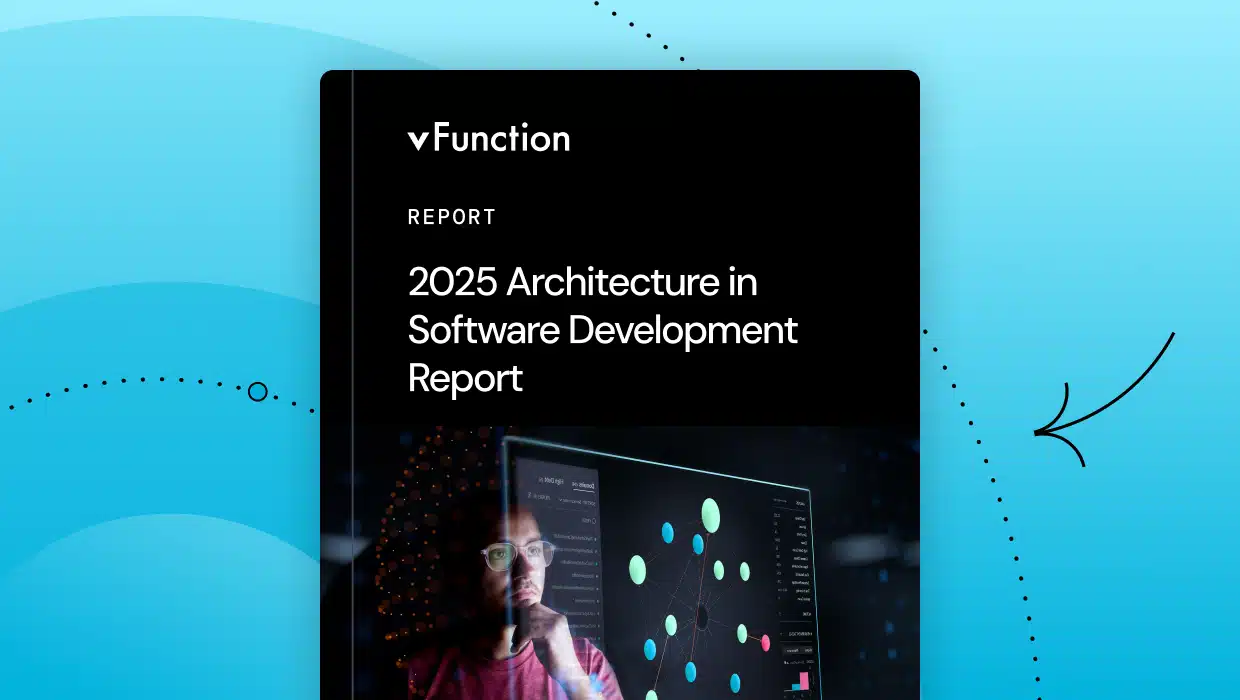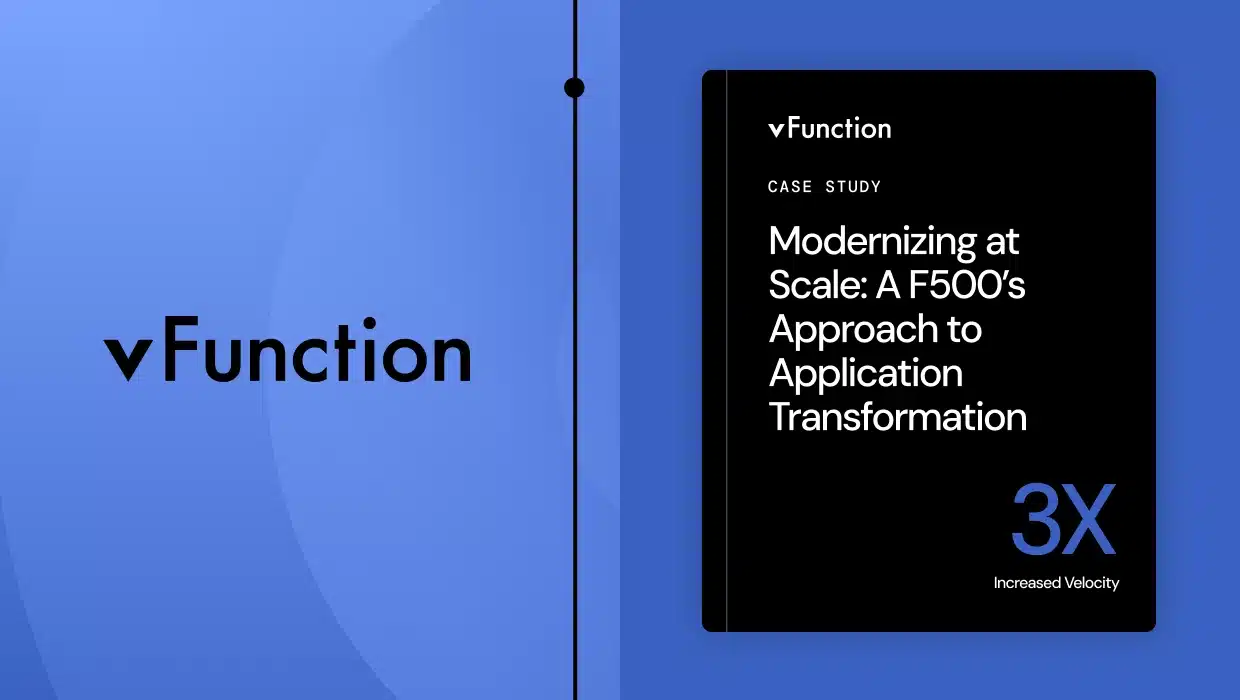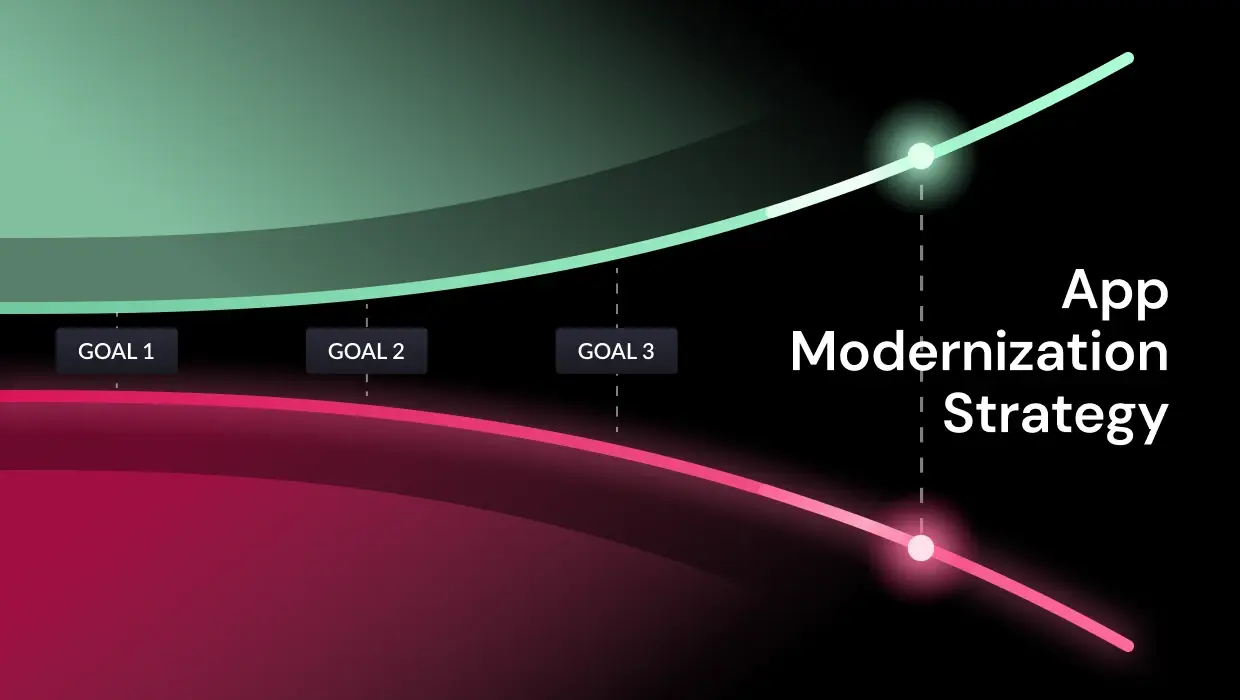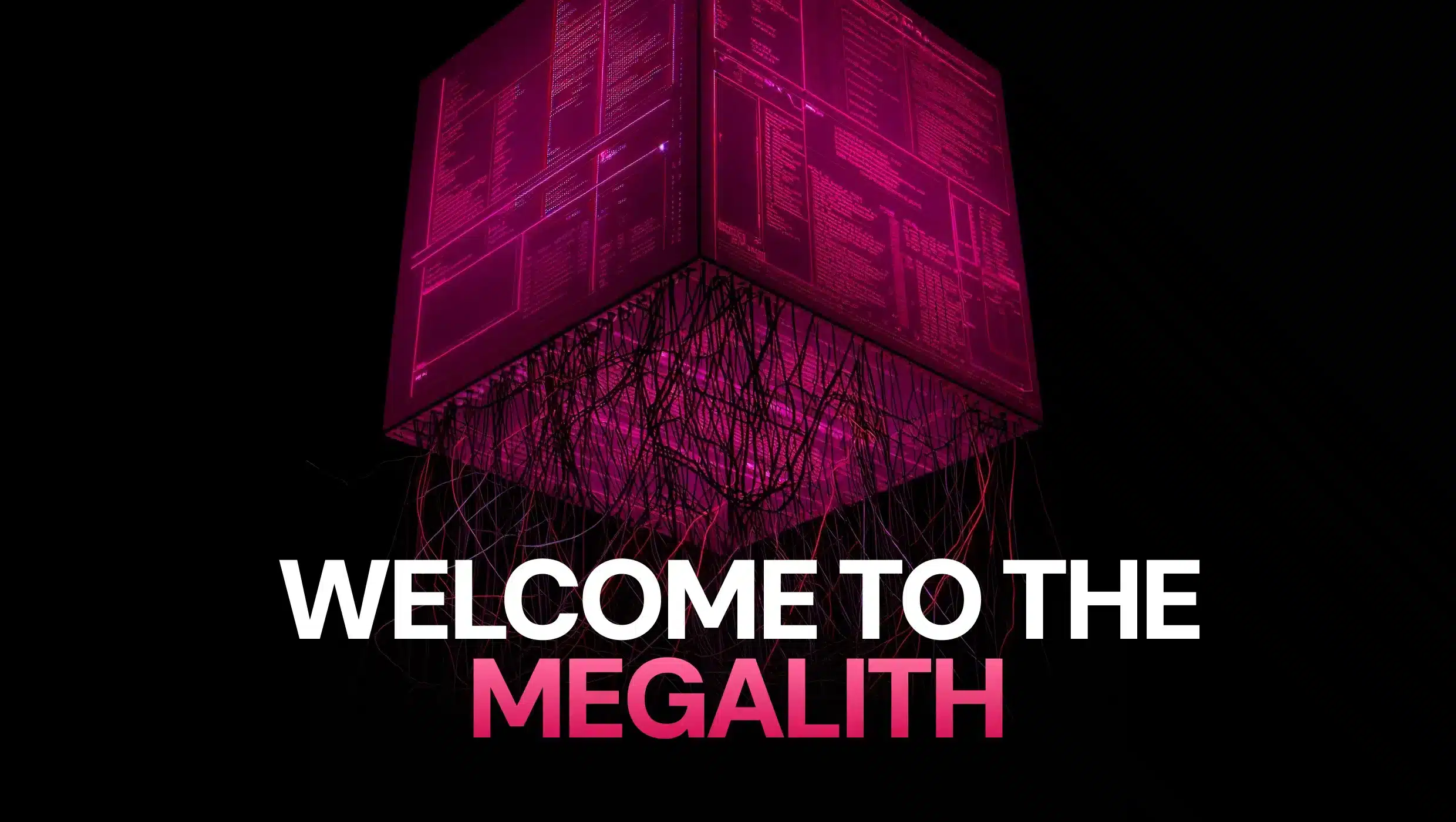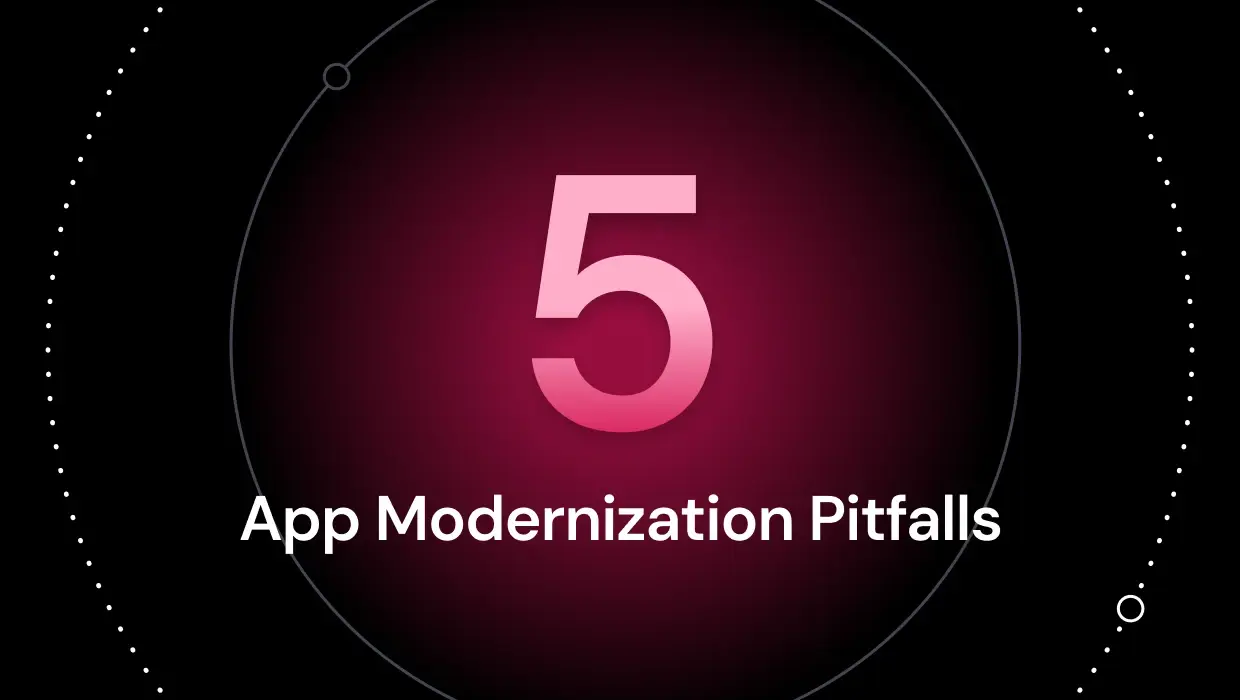Most application modernization projects fail not because of technical complexity, but because they start with the wrong question. Instead of asking “What technology should we use?” successful organizations ask “What business outcomes do we need to achieve?”
The change in framing makes all the difference. It determines whether modernization becomes a strategic advantage or an expensive technical exercise that delivers little business value.
The business-first modernization framework
Strategic modernization requires a fundamental shift in thinking. Rather than treating modernization as purely a technical initiative, it’s about aligning every architectural decision with broader business goals. That might mean entering new markets, accelerating product launches, improving operational efficiency, or outpacing competitors.
This alignment isn’t just about executive buy-in. It ensures every dollar spent on modernization contributes directly to measurable business outcomes. With traditional modernization efforts, organizations that master this alignment see modernization ROI within 18-24 months. Add in some of the latest AI tooling, and these timelines become even more accelerated and cost-effective. Even with AI helping to reduce costs, those who focus purely on technical metrics often struggle to justify their investments.
The portfolio assessment reality check
Once business goals are clear, the real strategic work begins: deciding what to modernize, when, and how. This requires evaluating your application portfolio through two critical lenses simultaneously.
Business value evaluation examines each application’s revenue impact, customer experience contribution, operational criticality, and strategic importance. A customer-facing e-commerce platform that generates 60% of revenue clearly deserves different prioritization than an internal reporting tool used quarterly.
Technical health analysis evaluates architectural complexity, performance, maintainability, and integration risk. Sometimes, business-critical applications are technical time bombs, draining resources while delivering diminishing returns.

vFunction looks at your total application portfolio to pinpoint and prioritize fixes for technical debt.
The magic happens when you overlay these perspectives using systematic decision frameworks like TIME (Tolerate, Invest, Migrate, Eliminate) developed by Gartner®. That lens creates objective, consistent prioritization that balances business impact with technical feasibility— so you modernize what matters most.
Implementation sequencing: the strategic pilot approach
Even with clear priorities, the implementation sequence can make or break the success of modernization. The most effective approach follows a proven three-phase pattern:
Strategic pilots start with applications that prove concepts and build organizational capabilities, delivering meaningful value. These shouldn’t necessarily be your most business-critical systems, but they should be significant enough to matter and contain enough to learn from quickly.
Phased scaling takes successful patterns from pilots and applies them across broader portfolios, carefully managing dependencies and organizational capacity. This approach expands capabilities without disrupting core business processes or overwhelming teams.
Continuous improvement treats modernization as an ongoing discipline rather than a one-time project. The best organizations establish systematic practices for evaluation, planning, and implementation that continuously evolve based on lessons learned and changing business needs.
The timelines for rolling this out vary depending on the project size and the applications you are modernizing. Small efforts can be modernized in time periods as short as a few days or weeks before a pilot is ready to be deployed. With larger initiatives, you may see weeks, months, or potentially even years. However, the emphasis of this approach is to do smaller iterations and incremental modernization. That said, adding AI into the mix can condense this immensely, potentially even letting initial pilots be tested within a few hours before being deployed more widely.
Real-world strategic alignment in action
The power of business-driven modernization becomes clear when you examine how industry leaders approached their transformations:
Amazon didn’t break up its monolith because microservices were trendy. They did it because their giant monolithic “bookstore” application limited their speed and agility, requiring complicated coordination across every development team for each release and making it difficult to innovate at scale. As described in Amazon’s 1998 Distributed Computing Manifesto (republished by Werner Vogels in 2022), their transformation to a service-oriented architecture enabled them to scale dramatically and deploy independent services without impacting the entire system.
Netflix learned resilience the hard way—after a three-day outage from database corruption. Their seven-year cloud transformation wasn’t just technological; it built the foundation to scale from millions of DVD subscribers to over 300 million streaming users while maintaining 99.99% uptime.
Walmart knew competing with digital-first retailers required more than a website. They needed seamless omnichannel experiences that could handle massive traffic spikes. Their microservices transformation enabled them to handle 500 million Black Friday page views without performance degradation.
Turo took an architecture-first approach, using advanced analysis tools to understand their monolithic dependencies before refactoring. That groundwork accelerated their transformation and improved developer velocity—proof that the right tools and methodology can significantly shape outcomes.
Not just for enterprises: Why ISVs must modernize, too
It’s easy to picture modernization as an issue only for decades-old enterprises weighed down by legacy code. But even modern ISVs—whose applications are their business—face the same pressures.
Software built just a few years ago can quickly outgrow its original architecture as customer expectations, data demands, and AI-driven capabilities evolve. For ISVs, modernization isn’t just about fixing technical debt; it’s about protecting growth, staying competitive, and ensuring the product can scale with the business.
The stakes are often higher because architectural decisions directly affect revenue and customer loyalty. An ISV with an inflexible platform risks slower feature delivery, difficulty integrating with AI and partner ecosystems, and ultimately losing ground to faster-moving competitors.
The dual role of AI in modernization
Interestingly, AI plays a dual role in modernization. First, it accelerates modernization efforts. According to McKinsey research, software developers can complete coding tasks up to twice as fast with generative AI. Developers who use AI tools are 25 to 30 percent more likely to complete complex tasks within given timeframes. A GitHub report also showed that developers using Copilot are up to 55% more productive, demonstrating how AI is fundamentally accelerating the development process.
Second only to the acceleration factor, organizations must modernize architectures to a state where they can rapidly integrate AI-driven features like real-time personalization, intelligent automation, and predictive analytics. Just as real-time data became an industry expectation, users now demand these AI capabilities as standard. Architectural modernization makes this possible by transforming monoliths into modular domains or microservices, enabling workloads to fully leverage cloud-native services such as Amazon EKS, Lambda, and Azure Functions—unlocking the scalability, elasticity, cost efficiency, and faster innovation needed to deliver on those expectations.
Complex monolithic systems often can’t support these AI workloads effectively. They lack the architectural flexibility required for rapid API integrations, real-time data processing, and continuous deployment cycles that AI capabilities necessitate. This creates a compelling dual motivation: modernize to leverage AI, and use AI to modernize faster.
For more on AI in modernization, see: The AI revolution in application modernization.
Measuring what matters
Success requires tracking both business and technical outcomes. This involves measuring customer satisfaction, time-to-market, and revenue per app, alongside deployment frequency, system performance, and developer velocity.
Organizations that succeed establish success criteria upfront and instrument systems to measure progress continuously. They understand modernization isn’t just about “modern tech”—it’s about using that tech to deliver better business outcomes.
Turning strategy into results with vFunction
This is exactly where vFunction comes in, helping organizations align modernization with business outcomes by providing a systematic, architecture-first assessment of application portfolios. Instead of guessing what to modernize, vFunction surfaces insights on business value and technical health side by side, making it easier to prioritize based on impact.

vFunction helps organizations align modernization with business outcomes, such as engineering velocity, cloud readiness, and resiliency.
That means modernization efforts can be directly linked to outcomes like improving resiliency, scaling to handle unpredictable demand, accelerating engineering velocity, or preparing applications for cloud-native architectures.
And with built-in GenAI capabilities, vFunction accelerates both analysis and refactoring by generating optimized architectural prompts that flow directly into code assistants like Amazon Q Developer or GitHub Copilot. This guided approach brings architectural context into the developer’s IDE, enabling assistants to act on precise refactoring tasks instead of working blindly at the code level. The result: a faster path to modernization patterns that scale, with outcomes directly tied to the needs of the business.

vFunction generates optimized architectural prompts that flow directly into code assistants like Amazon Q Developer or GitHub Copilot.
The strategic imperative
In an era where application architecture directly impacts business performance, organizations that approach modernization strategically will gain significant advantages in operational efficiency, security posture, and innovation velocity.
The key insight is simple but powerful: start with business goals and work backward to technical requirements. This ensures that every modernization decision contributes to business value, not just technical elegance.
Organizations that master this alignment don’t just modernize their applications; they modernize their competitive position. Ready to build a modernization roadmap anchored to your business goals? Visit our platform page to see how vFunction uses architectural modernization to turn application complexity into a clear, actionable path forward.
